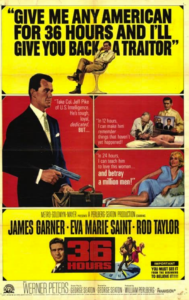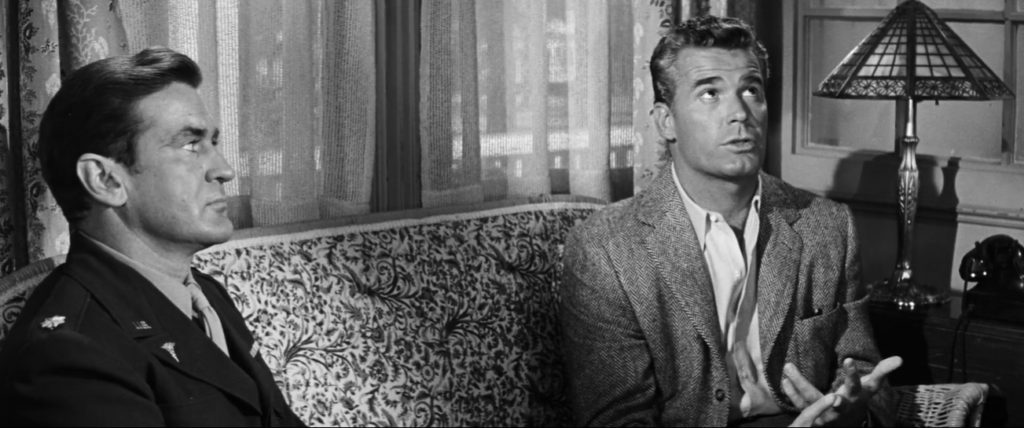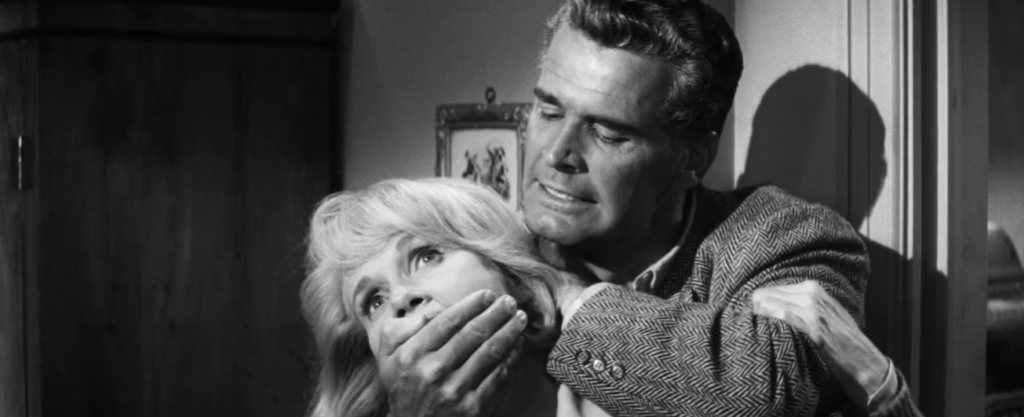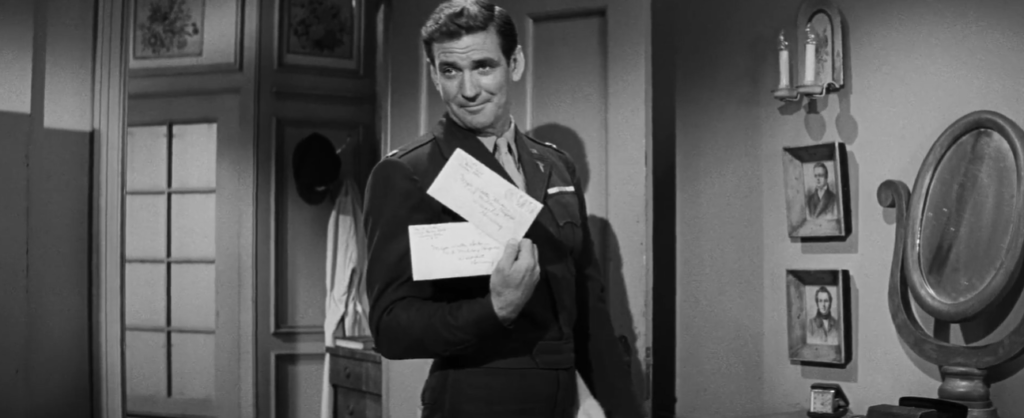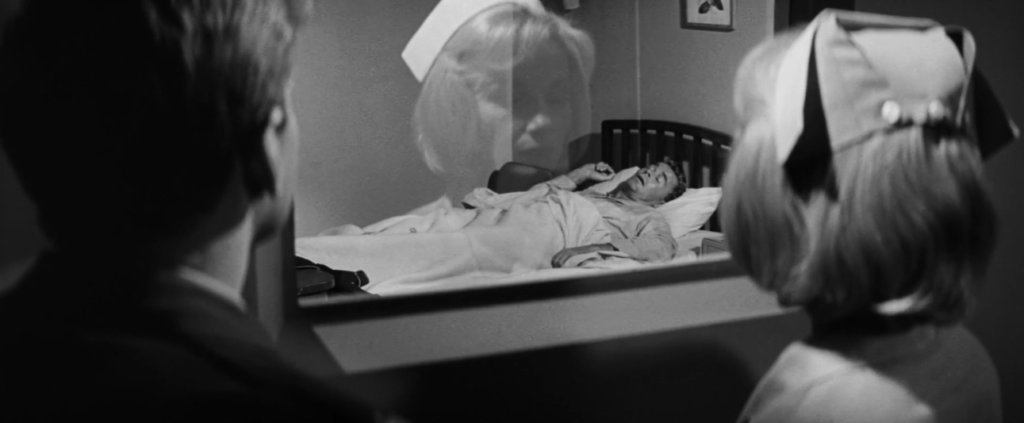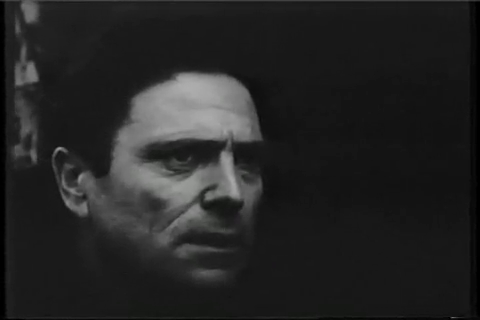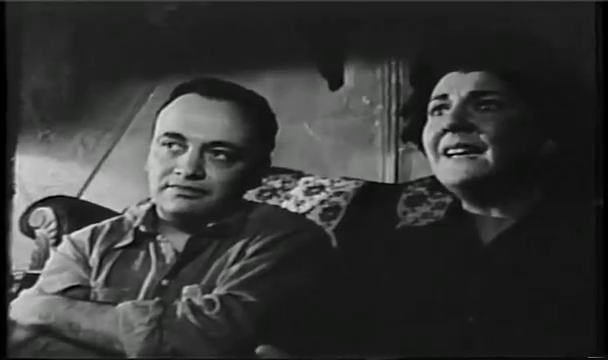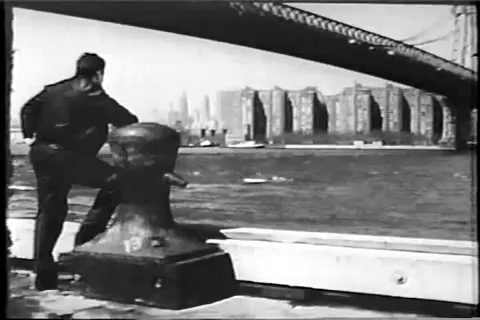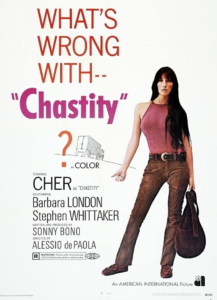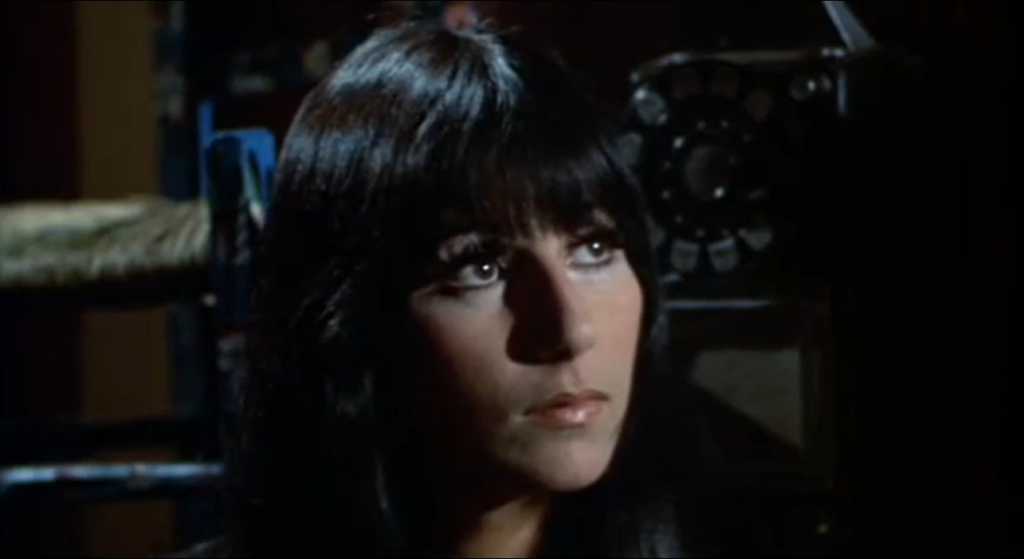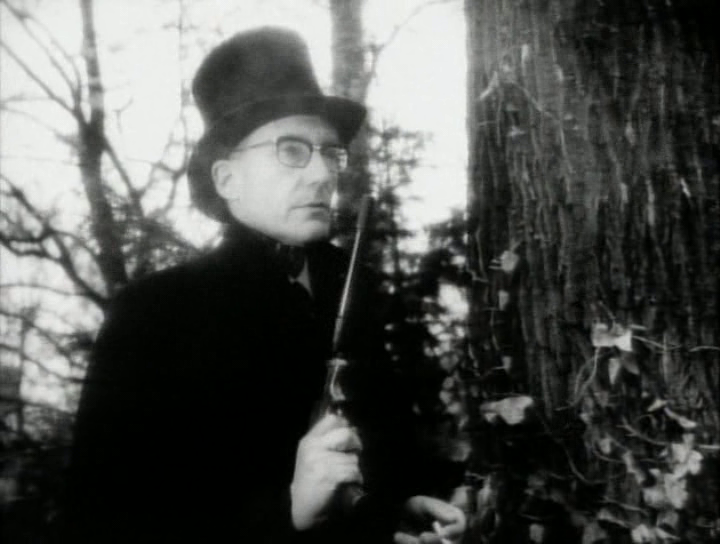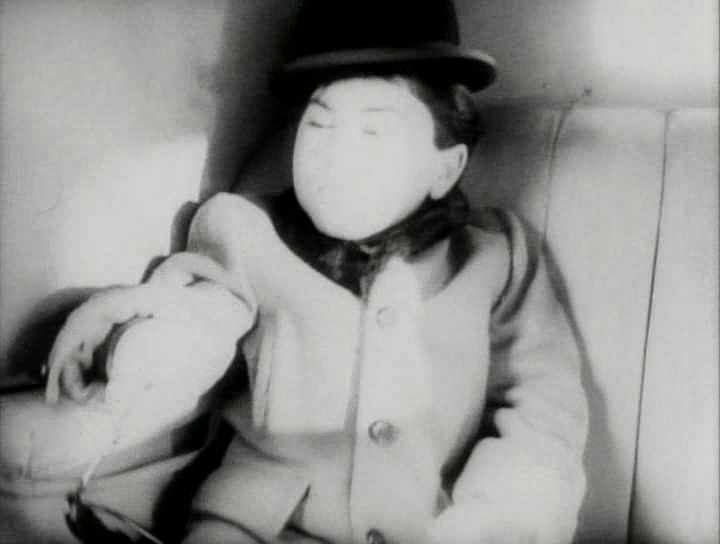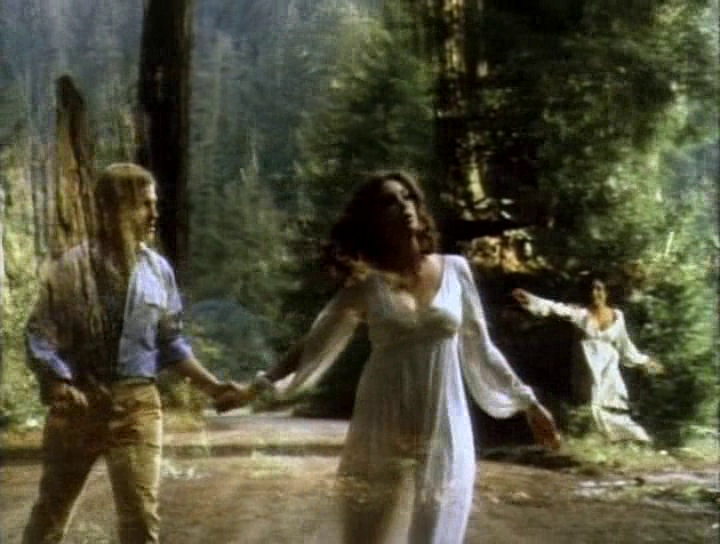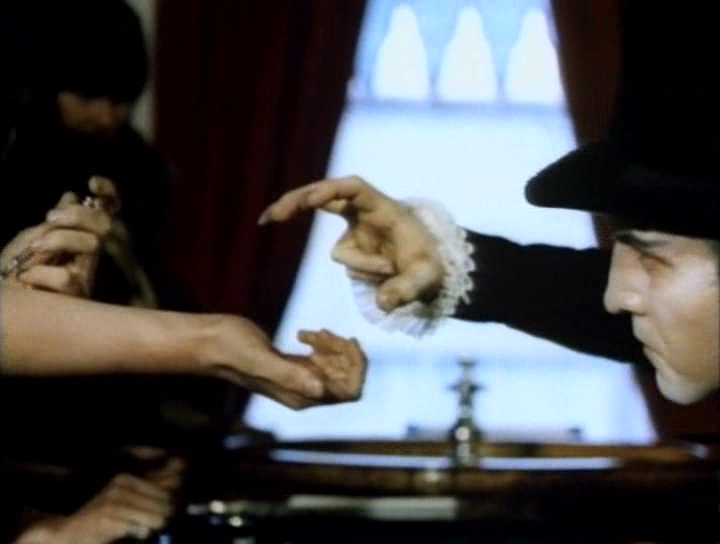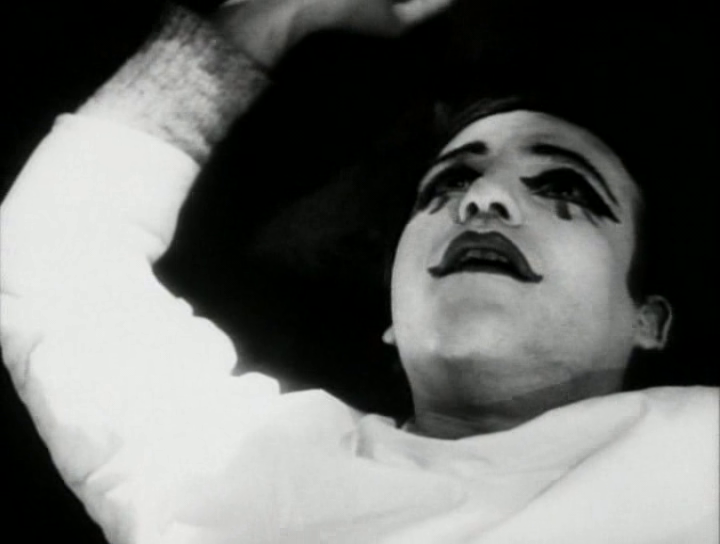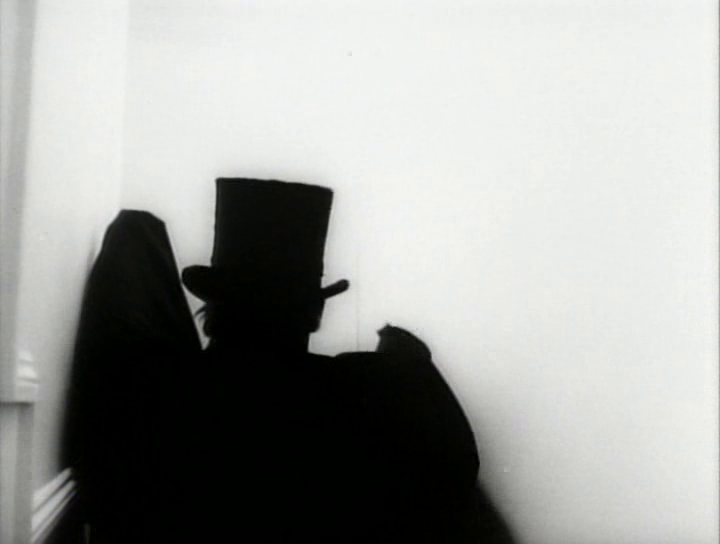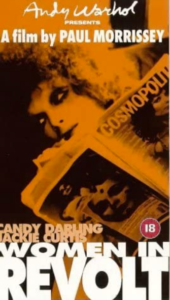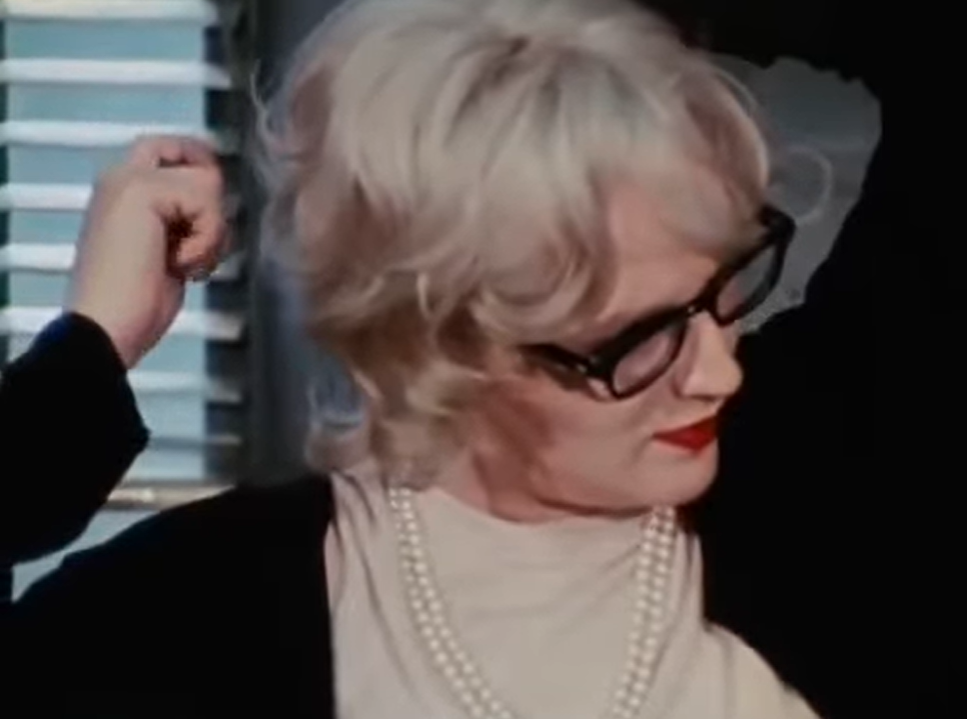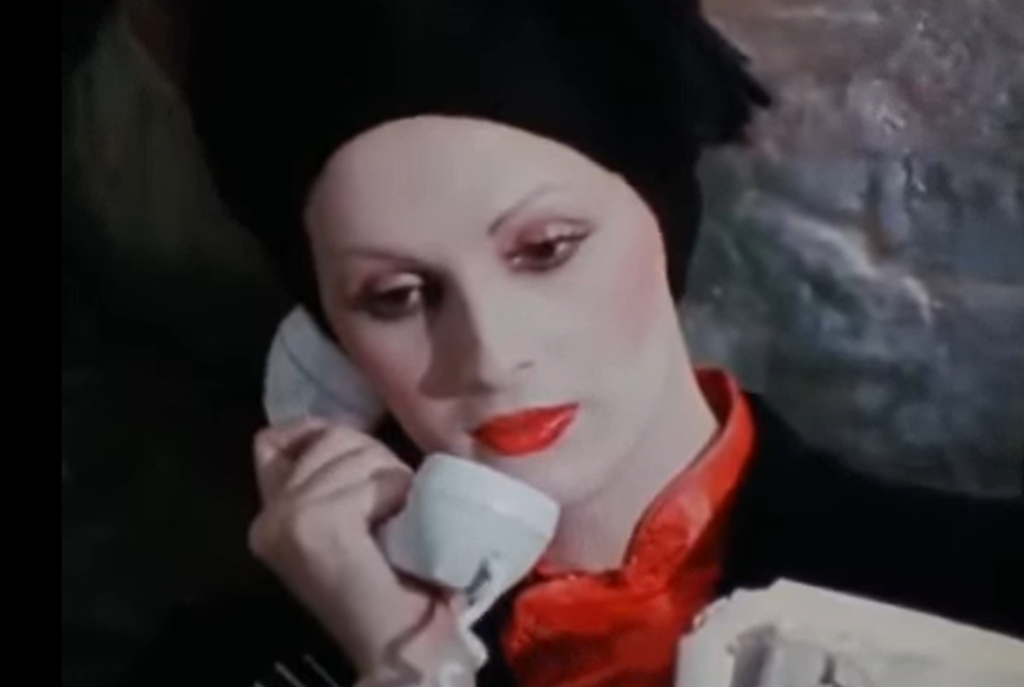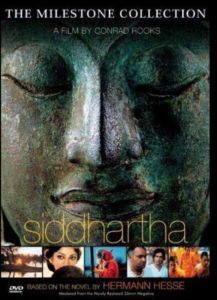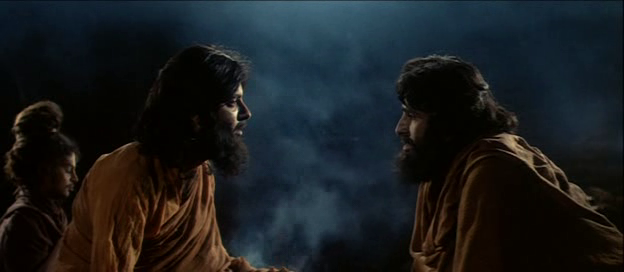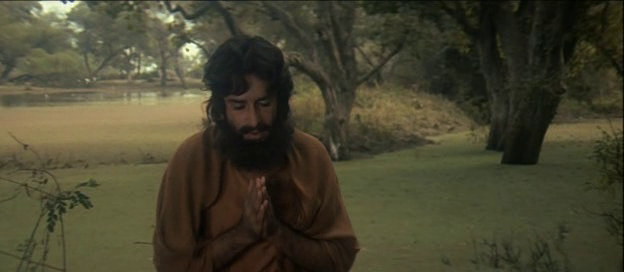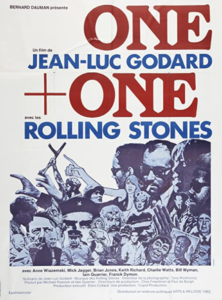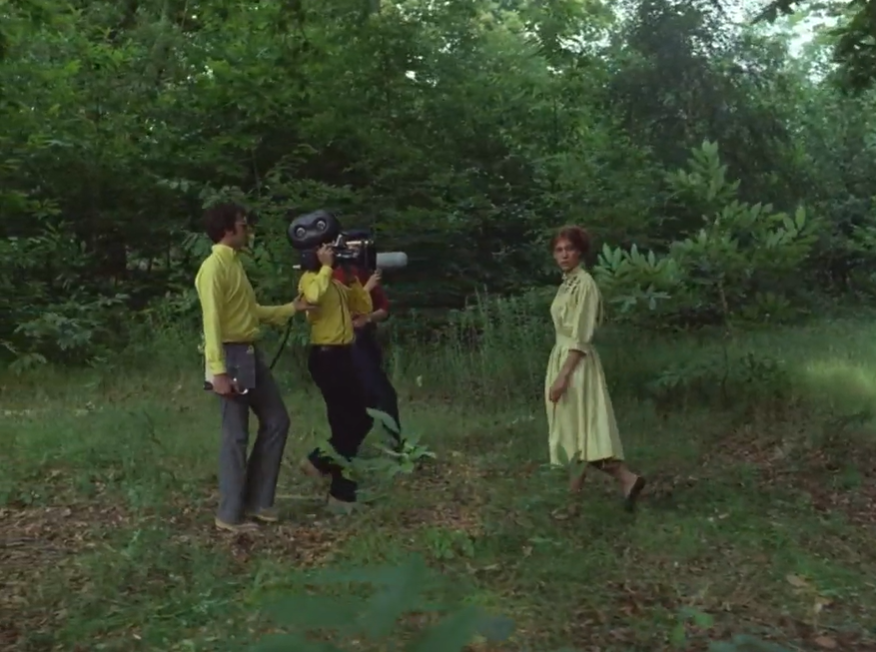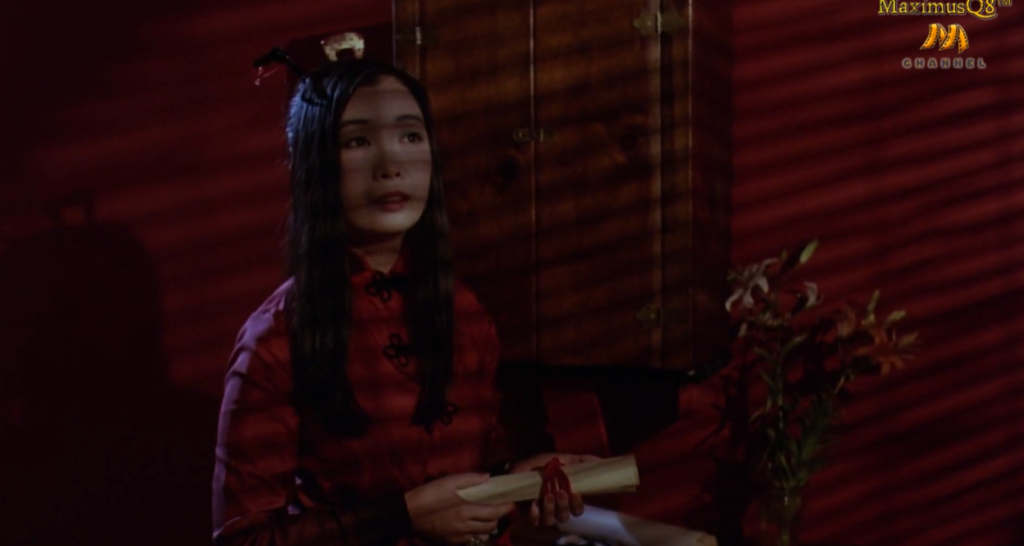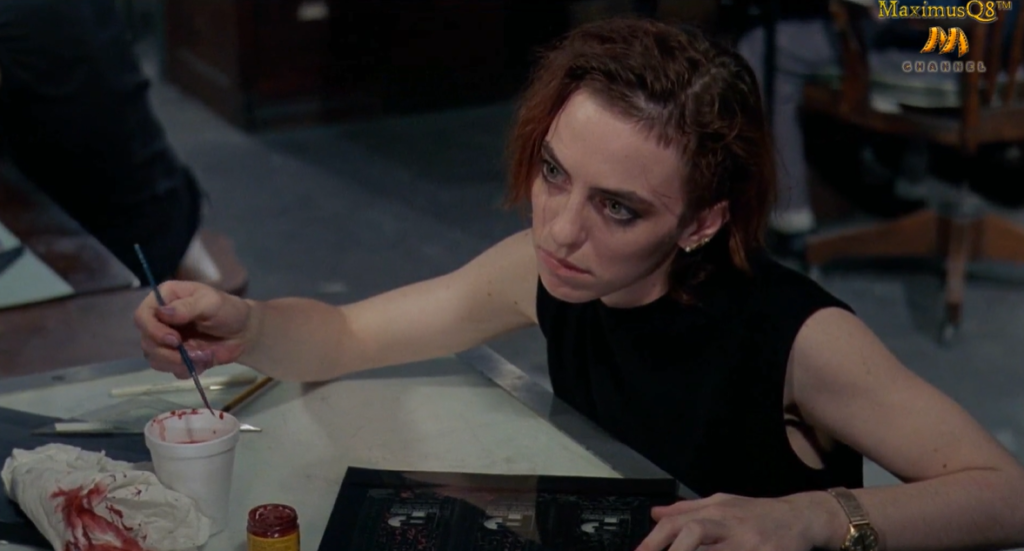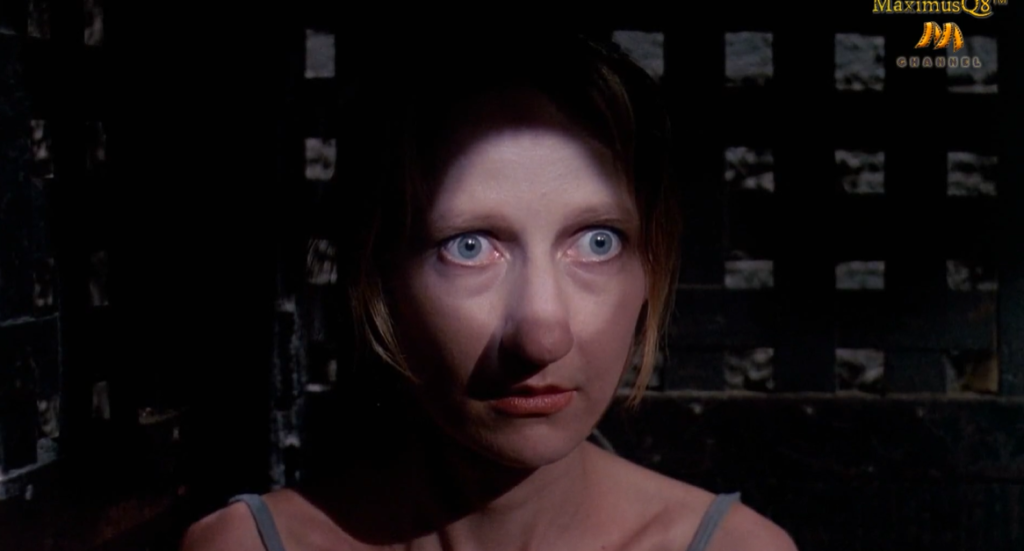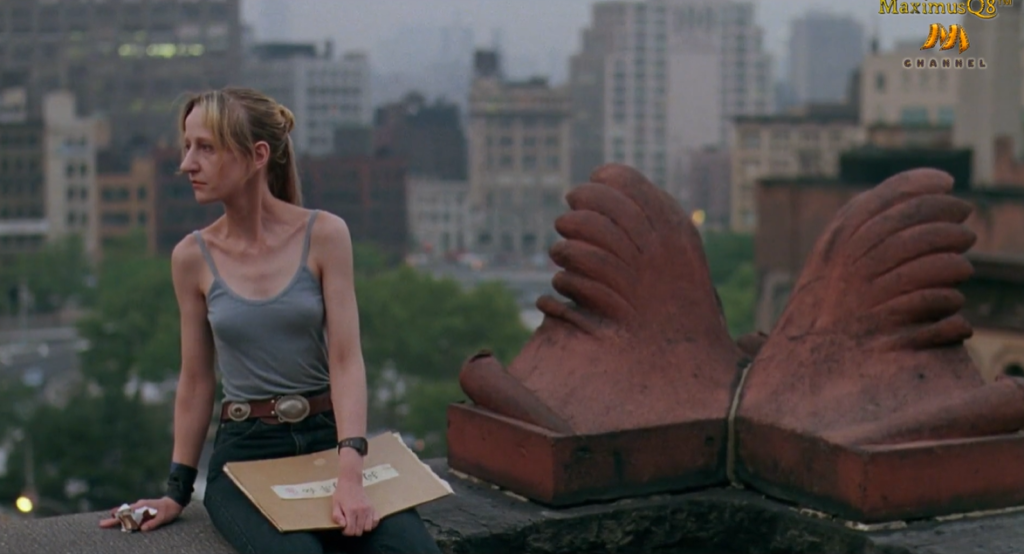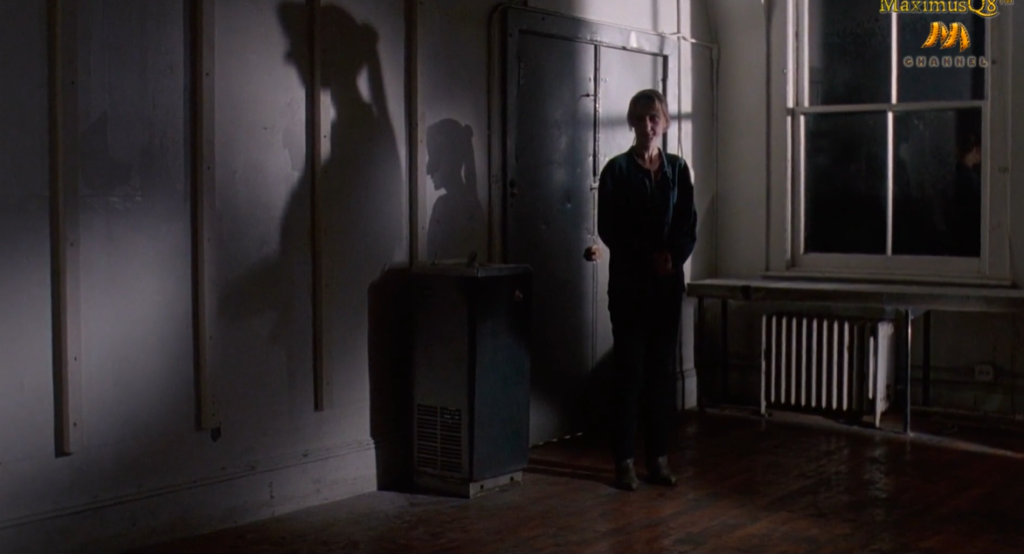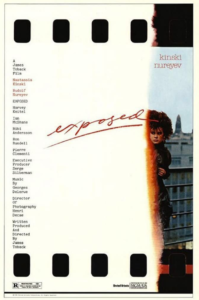|
Genres, Themes, Actors, and Directors:
- Harvey Keitel Films
- Models
- Nastassja Kinski Films
- New York City
- Terrorists
Review:
Writer/director James Toback’s third feature — after an intriguing debut, Fingers (1978), and a nearly unwatchable follow-up, Love and Money (1982) — was this equally presumptuous romantic adventure featuring terrible dialogue, (mostly) poor acting, and a confused plot about a young woman finding her way in and around the world. It’s not clear why Kinski’s character has a German accent given that she grew up on a Wisconsin farm — but regardless, we can see she has a penchant for picking terrible men, starting with Toback himself in a cameo role as a predatory English teacher she’s rightfully eager to get away from.

Once in New York, she not only becomes a famous model lickety-split:
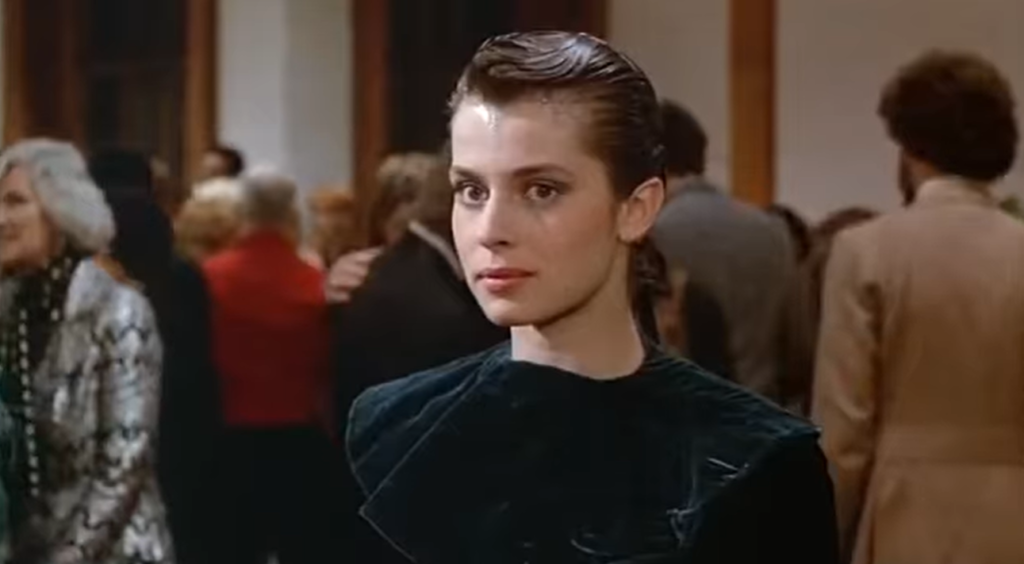
… but falls for a creep-tastic violinist played by ballet dancer Rudolf Nureyev.

The pair share one of the most laughably contrived foreplay sequences I’ve ever seen: after hearing him play his violin, Kinski asks him, “What else do you play so beautifully?” and then proceeds to have her body “played” by his bow. (Yes, it’s just as weird as it sounds.)
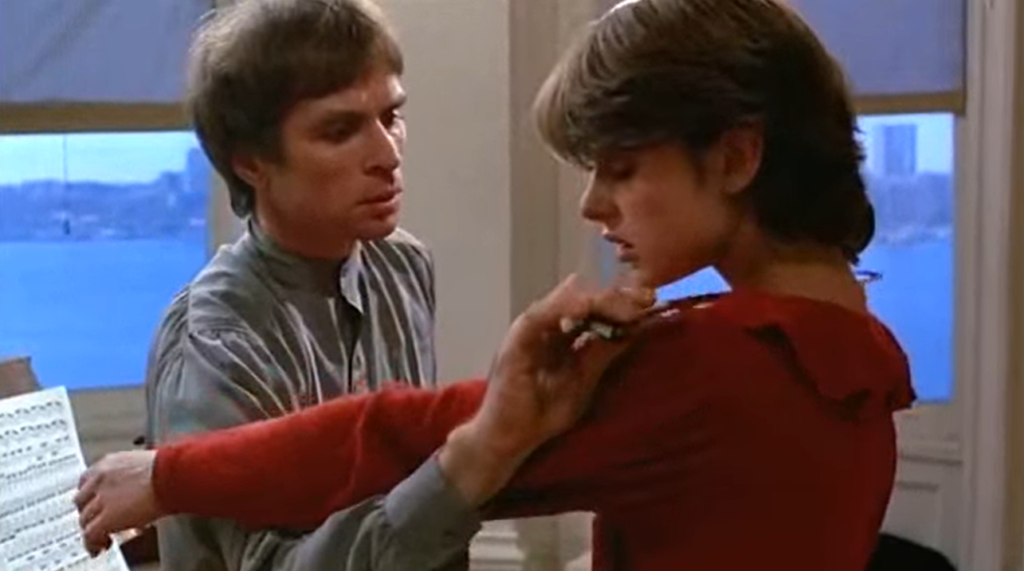
It turns out Nureyev’s character isn’t who he seems — or so he says (though it’s not really clear how or why this is important), but there is at least one more douchebag we have yet to encounter: Keitel’s single-named “Rivas”, a malignant narcissist who seems to have formed a cult-like following of people willing to bomb, murder, and destroy on his behalf:
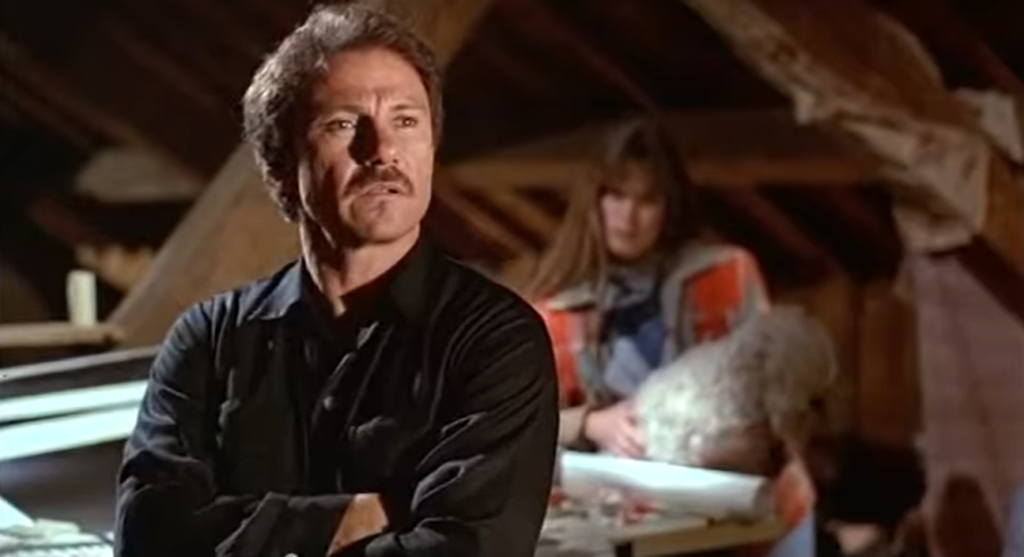
… and who gets to spout some of the film’s most inane lines.
“I’ll tell you what I want: good food, women, good cigars, good beds with fresh sheets, hot showers, and Hilton hotels… New shoes, poker, blackjack, dancing, Clint Eastwood westerns. That’s what I want. And you.”
Poor Bibi Andersson, getting herself sucked into this mess for even a few minutes in the opening sequences as Kinski’s mom back on the farm.

Note: Once I got far enough into this film to realize it was by the same director who made one of the worst movies in Peary’s book (and that’s saying something), I was not at all surprised to learn that Toback — who has stated, “The idea is not to have a separation between my life and my movies.” — has been accused by hundreds of women of sexual misconduct; it figures.
Notable Performances, Qualities, and Moments:
- Henri Decae’s cinematography

Must See?
Nope; you can skip this one unless you’re a diehard Kinski fan. Listed as a Cult Movie in the back of Peary’s book.
Links:
|
